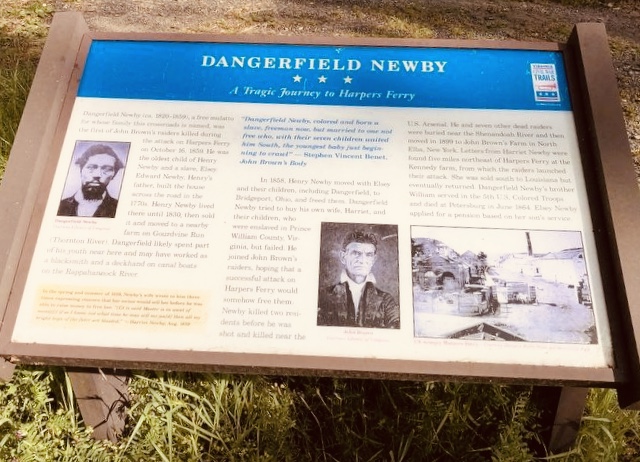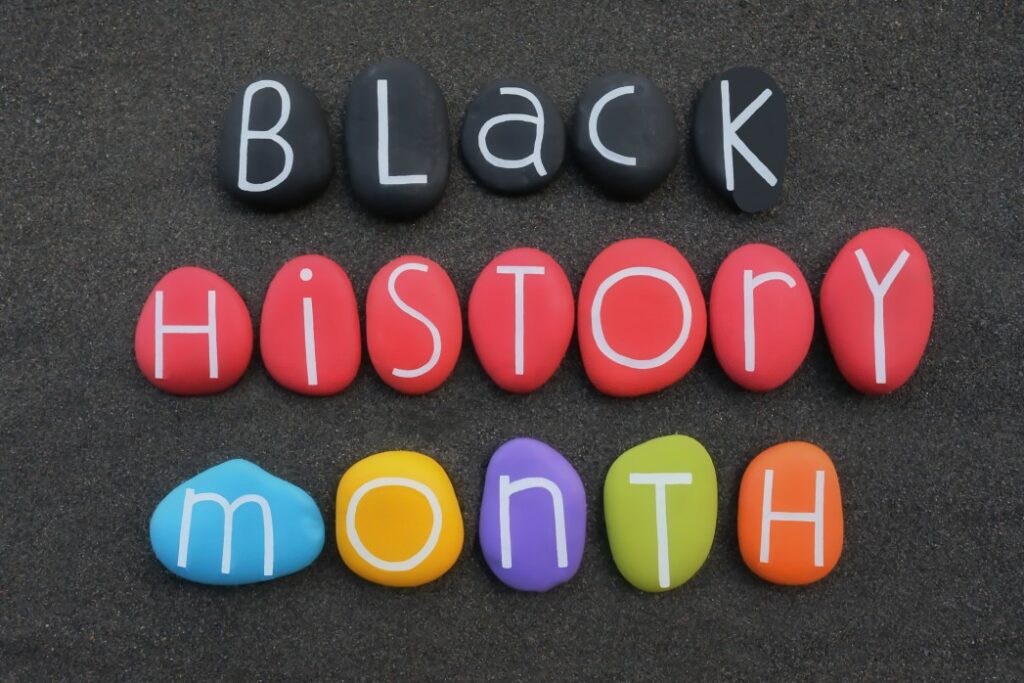In celebration of Black History Month, we are recognizing several new historical markers that were researched and suggested in honor of three African American notables by Kings Glen Elementary students last year.
Five new Virginia historical highway markers were announced by Governor Northam in April of 2021 as part of a Black History Month Historical Marker Contest. Three of them — researched by the Kings Glen students as part of the school’s History Hunters and History Makers Club — were for Mary Elizabeth Bowser, Dangerfield and Harriet Newby, and Dr. Edwin B. Henderson.
As part of the Club, which is made up of middle schoolers in fourth, fifth, and sixth grade, students seek to find information on “hidden figures” in history that may have been overlooked or misunderstood. They looked specifically for stories of Black hidden figures in Virginia and submitted eight of their own marker submissions to the Black History Month Historical Marker Contest last year. Three were among those chosen for new historical markers that you can find throughout the Commonwealth!
Mary Elizabeth Bowser
Mary Elizabeth Bowser was a former slave who operated as a spy for the Union while working on the household staff at the Confederate White House. They took for granted that she was illiterate, and so she was able to read war dispatches and other important papers Davis left out and then pass the information to Union informers, who would then pass her information to military leaders, including General Grant.
She was born a slave somewhere around 1839 on a plantation owned by John Van Lew of Richmond. During her life, in addition to serving as a spy, she was a missionary and also worked as a teacher at freedmen’s schools.
Her historical marker can be found in Richmond, VA.
Dangerfield and Harriet Newby
Dangerfield Newby, born enslaved, was later emancipated and became a blacksmith. He had a relationship and several children with Harriet, who was enslaved by a Dr. Lewis Jennings in Prince William County, Virginia. Jennings wanted to sell Harriet, and Dangerfield was negotiating to purchase her and his children, but was unable to finalize a deal.
Desperate to keep his family together, Dangerfield was one of five African Americans who signed on with John Brown for the doomed attack on Harper’s Ferry in hopes to incite a slave insurrection.
But it was not to be. On Monday, Oct. 17, 1859, a sniper fatally shot Dangerfield as he was crossing an open area in the lower town. Months later, Harriet and her children were sold South. Harriet would return after the war with her second husband and settle in Fairfax County. Many of her descendants still live in the area.
Dangerfield and Harriet’s historical marker can be found in Culpeper where State Route 211 and Route 229 meet.
Dr. Edwin B. Henderson
Henderson was a sports historian, educator, administrator, coach, athlete, and civil rights activist. He was among the first to champion African American involvement in sports and physical education and is known as the “Father of Black Basketball,” introducing the game to the African American communities of Washington, D.C., New York, and other East Coast cities, and organizing athletic leagues for African Americans. He also organized the first rural chapter of the NAACP, was president of the NAACP Virginia state conference, and was a DC Public Schools educator.
Henderson himself was an honor roll student at M Street High School in Washington, D.C., where he played baseball, football, and ran track. He earned a B.A. degree from Howard University, an M.A. degree at Columbia University, and a Ph.D. in athletic training from Central Chiropractic College in Kansas City, Missouri.
Among the many students that Henderson coached, taught, and mentored were Charles R. Drew, Montague Cobb, and Duke Ellington.
Dr. Henderson’s historical marker can be found in Falls Church.




Leave a Reply